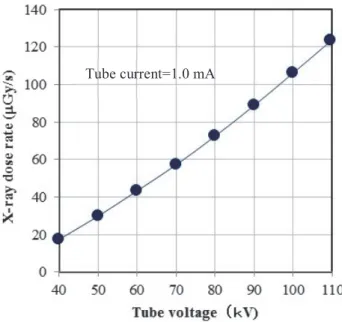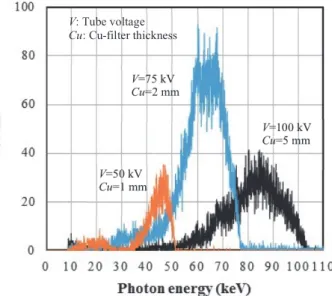関連したドキュメント
Our purpose in this study was to determine the optimum scattered X-ray elimination grid for a direct-conversion FPD system with a-Se, by digitally measuring the scatter
We intend to find the condition of the plasma in order to account for the observed flux ratio ( F RRC /F line ), which is free from specific modeling with iron abundance, the
Whereas tube voltages and HVLs for these four X-ray units did not significantly change over the 103-week course, the outputs of these four X-ray units increased gradually as
In this study, we performed animal experiments using nude mice with lung cancer xenografts for the following purposes: to reconfirm that commercially available ferucarbotran
In the present study, we evaluated the effectiveness of static/nonfreezing hypothermic preservation of rat hearts in a preservative solution with added AFGP based on our
We used this software package to estimate percentage dose reduction values of the average organ dose (indicated as 'Average dose in total body' in PCXMC) and effective dose for
The general method of measuring the half-value layer (HVL) for X-ray computed tomography (CT) using square aluminum-sheet filters is inconvenient in that the X-ray tube has to be
In this study, X-ray stress measurement of aluminum alloy A2017 using the Fourier analysis proposed by Miyazaki et al.. was carried

